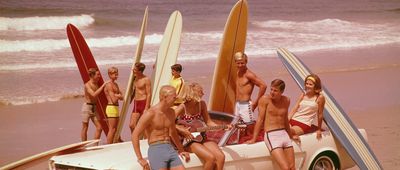Silver Beauties
For nearly 90 years, Airstream has been synonymous with America's love of travel and the lure of the open road. Plenty has changed since the day when the first Airstream travel trailers rolled out of the factory, but one thing has remained constant: that sleek, shiny, streamlined profile. Cheapism sat down with Samantha Martin, Airstream's company historian, and Tara Cox, author of "Airstream: The Silver RV," to learn more about some of the company's most iconic (and in a few instances, quirky) travel trailers and what makes them so awesome. A new kid joined the block in 2022: the eStream, built on an electric chassis.
Related: 20 Amazing Airstream Trailers You Can Rent on Airbnb























